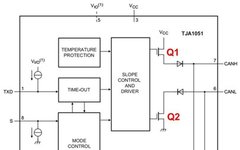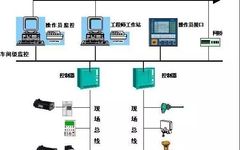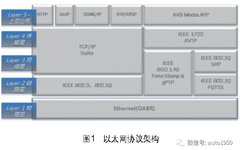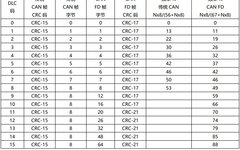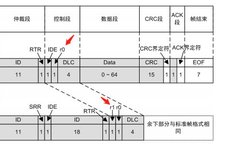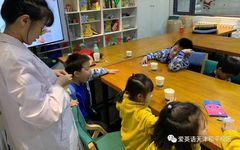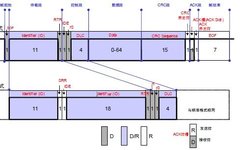Why Is the CAN Bus Termination Resistor 120Ω?
The termination resistor for the CAN bus is generally 120 ohms. In fact, during design, it consists of two 60 ohm resistors connected in series. There are typically two nodes of 120Ω on the bus, which is a well-known fact for anyone with a basic understanding of the CAN bus. However, as someone who struggles … Read more
